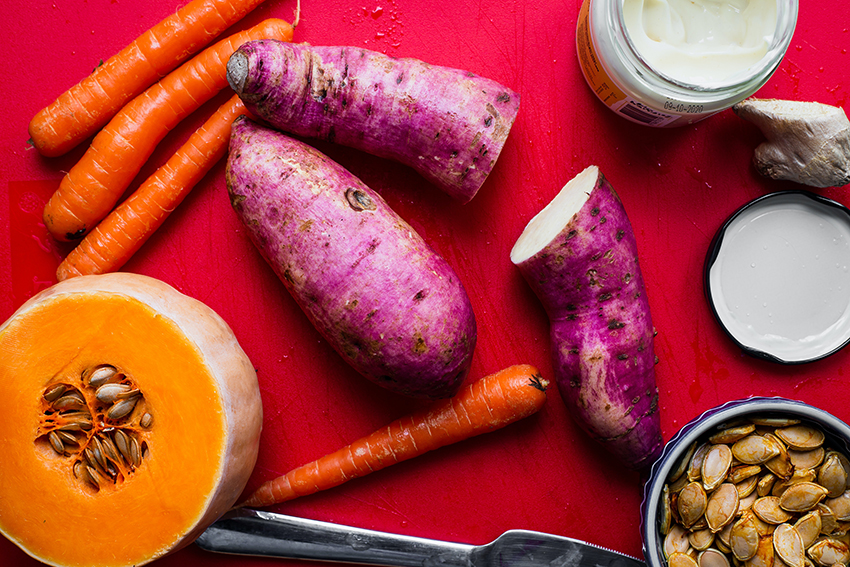Eating healthy is hard on a Covid budget
Elaine Rush
24 Sep 2020

More of us are now facing food insecurity - with children, Pacific peoples and Māori the most impacted.
Covid-19 has brought the wicked problem of food insecurity to the fore.
Both food insecurity and the pandemic are complex, unpredictable, open-ended and hard to deal with.
Food insecurity means not having access to enough wholesome food and a variety of food every day.
This food must be culturally and socially acceptable, and should also be sustainably produced for the health of the planet.
This matters particularly for children.
Gabriela Mistral, winner of the Nobel Prize in Literature 1945, expressed the importance of feeding children nutritious food when she said:
“We are guilty of many errors and many faults, but our worst crime is abandoning the children, neglecting the foundation of life. Many of the things we need can wait. The child cannot. Right now is the time his bones are formed, his blood is being made and his senses are being developed. To him, we cannot answer ‘Tomorrow’. His name is ‘Today’.”
Food and shelter are human needs, not a lifestyle.
Aotearoa produces enough wholesome food to feed its population, but we know that New Zealanders are poorly nourished, and two-thirds of adults and one-third of children are overweight or obese.
People can be malnourished at any size because they are not eating enough essential nutrients – vitamins, minerals, fibre, and other nutrients derived from plants.
Access to food is not equitable in this country. For many individuals and families there are barriers of a lack of money, lack of time, not living near a food source, and not being able to store or prepare food.
This is the subject of the Tongan Language Week video made by AUT's Office of Pacific Advancement, based on research I contributed to.
Obesity, a form of malnutrition, is associated with food insecurity, poverty and geographic location.
New Zealand exports its high-quality food (and butter) and imports sugar and refined grains.
Before Covid, 40 per cent of adults and 20 per cent of children lived in severe to moderate food insecurity.
Unicef, with the release of its Innocenti Report Card this month, says we continue to fail children.
Of the 41 OECD and European Union countries surveyed, New Zealand ranked 35th in overall child wellbeing outcomes.
But that was before Covid. Now, food insecurity is even worse.
The Auckland City Mission has almost tripled its distribution of food parcels, and the 29 foodbanks in Auckland are only addressing the tip of the iceberg of need.
Jobs and incomes are falling – and this is happening inequitably with households with children, Māori, Pacific peoples and women being most affected.
Children in Auckland were also not able to access food or fruit in schools during the recent lockdown.
Because of the pandemic, New Zealand can expect an increase in malnutrition and risk for non-communicable diseases such as obesity, diabetes, cardiovascular disease and some cancers.
So what can we do about this?
The way forward is to let all food stores that sell vegetables and fruits stay open and operate safely during Covid-19 alert levels 3 and 4.
We also need the Government to subsidize vegetables and fruit, and to support market gardens to supply local towns and cities
New Zealand’s food system needs a make-over.
The first step is to make sure that all New Zealanders have access, regardless of income and location, to a food supply that meets sustainable food-based dietary guidelines.
A whole-of-government-and-society approach is required. It’s something worth campaigning for – for the children, especially.
What variety of wholesome foods should we eat?
Hunger means not having enough energy, whereas Hidden Hunger is missing out on micronutrients. People need both energy and nutrients, which comes through eating a variety of foods. Every day try to eat:
- Three or more different coloured vegetables and two fruits.
- White roots such as potato, taro, cassava, which are staples for energy.
- Half the volume of food coming into the house should be vegetables and fruit.
- Sources of protein such as eggs, legumes, meat, fish, dairy.
- Try to eat minimally-processed foods.
- Canned and dried foods are good value for money - they minimise waste and there’s no need to go shopping so often.
What foods are great value for money?
- Canned tomatoes, beans, lentils, Weetbix, oats
- I kg milk powder (it costs about $1 a litre, compared to $1.50 to $2 a litre for fresh milk)
- Mince - premium quality is better value for protein
- Chicken legs - they have higher iron than chicken breasts
Useful links
- The Office of Pacific Advancement at AUT
- AUT's South Campus in Manukau
- Find out more about the PIF study.
First appearance
This opinion piece was first published by PMN News.